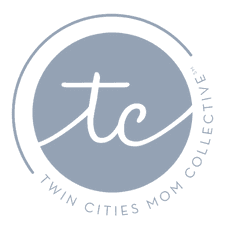
Almost all of us agree we would like to raise kind and caring children. We can tell our children to “be kind to each other” or to “say please and thank you,” but true kindness education comes from what we, as parents, DO!
To be intentional about teaching kindness, we can begin by modeling it regularly and drawing attention to our own acts (e.g. opening doors, saying “good morning,” even letting others merge in traffic). Talk about the positive responses these create in others. Making your own kindness known lets children see it is important to your family and should be part of everyday life.
Talk with your child about times they have needed help. Who helped them? How did that make them feel? What would have happened if nobody helped them? Talk about times when neighbors or friends have been kind to your own family. Tell your children how appreciative you are for these gestures. Discussions like these help children think about how it feels to need help, as well as gaining an appreciation for receiving kindness.
Introducing new words expands both vocabulary and understanding! Words like generosity, patience, and gratitude are perfect to introduce to preschoolers. Kindness is bigger than just being helpful, and these words can help form a richer understanding of kindness.
Finally, let the brainstorming begin! Now that you have begun to heighten awareness of kindness in your own home, discuss how your children can help others. We often think of kindness as service, but sharing talents is another great way for children to be kind! Ask them what they consider their own talents to be (these might be drawing, singing, reading, dancing, etc.). Brainstorm ways your children can safely share their talents with others.
Stay healthy! Safe ideas for children to start practicing kindness might include sending a note in the mail, leaving a song on someone’s voicemail, or calling a friend to share a “joke of the day.” However your children express kindness, be sure to highlight how others will feel and discuss their own satisfaction in giving. Reinforce the idea that helping others can make themselves feel good too!
More Ideas for Teaching Kindness at Home:
- Have your child call a relative to say “I Love You.” Then ask the relative to share how this call made them feel.
- Give a compliment. Have your child think of something they really like about a friend or relative – then tell that person!
- Let someone else go first.
- Be sure to look your child in the eye when you tell them “thank you.”
- Draw a picture for a loved one and put it in the mail.
- Join them in a quick 2 minute clean-up of their SIBLING’S room or toys!
- Give the family pet some extra time or a special treat. Talk about how they can see this made your pet happy.
- The next time it snows, ask a neighbor if your family can shovel their steps.
- Ask your children to help with household chores and let them know you appreciate it!
The safest and most consistent way to teach kindness right now is by helping our own families at home. Thank your children for helping each other. Point out when you see siblings needing help. Look for helpers in the community and discuss what they do. Sharing how important kindness is to you will pass it on through your children.
Best wishes to you and yours as you spread kindness and cheer this season!
Sara Reichstadt is the Education Coordinator for the seven NAEYC-accredited Twin Cities Kinderberry Hill Child Development Centers. Sara earned a bachelor’s degree in Child Psychology from the University of Minnesota, where she trained in the Shirley G. Moore Lab School. Sara, who has been with Kinderberry Hill since 1999, has taught in infant, toddler and preschool classrooms as well as serving in management positions. As Education Coordinator, Sara helps implement curriculum, offer classroom support and conduct teacher trainings. Sara is also a MNCPD (Minnesota Center for Professional Development) registered trainer in the SEEDS of Early Literacy Program. She is passionate about early education and helping children, teachers and families. Sara has two young children and knows firsthand the importance of a quality early education.



